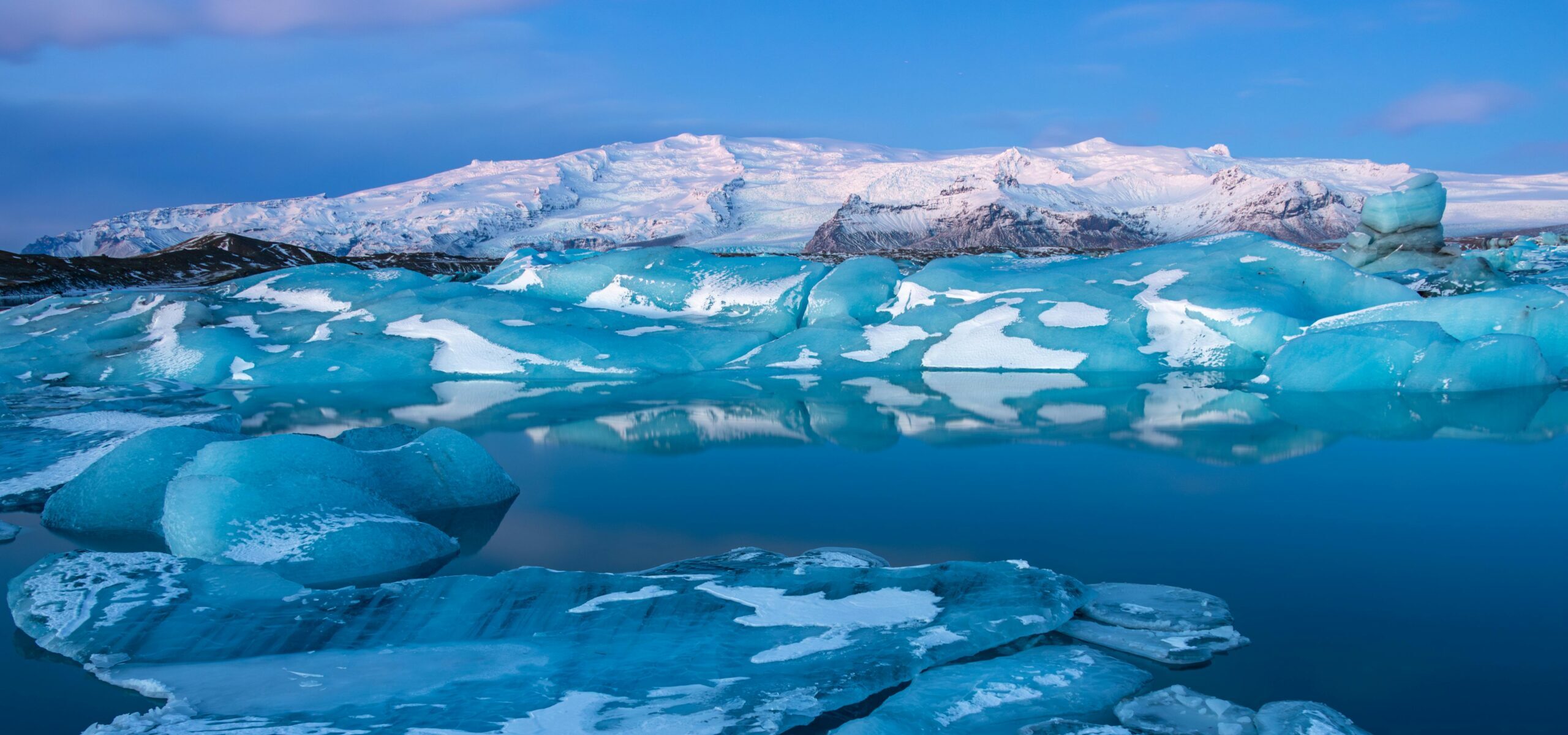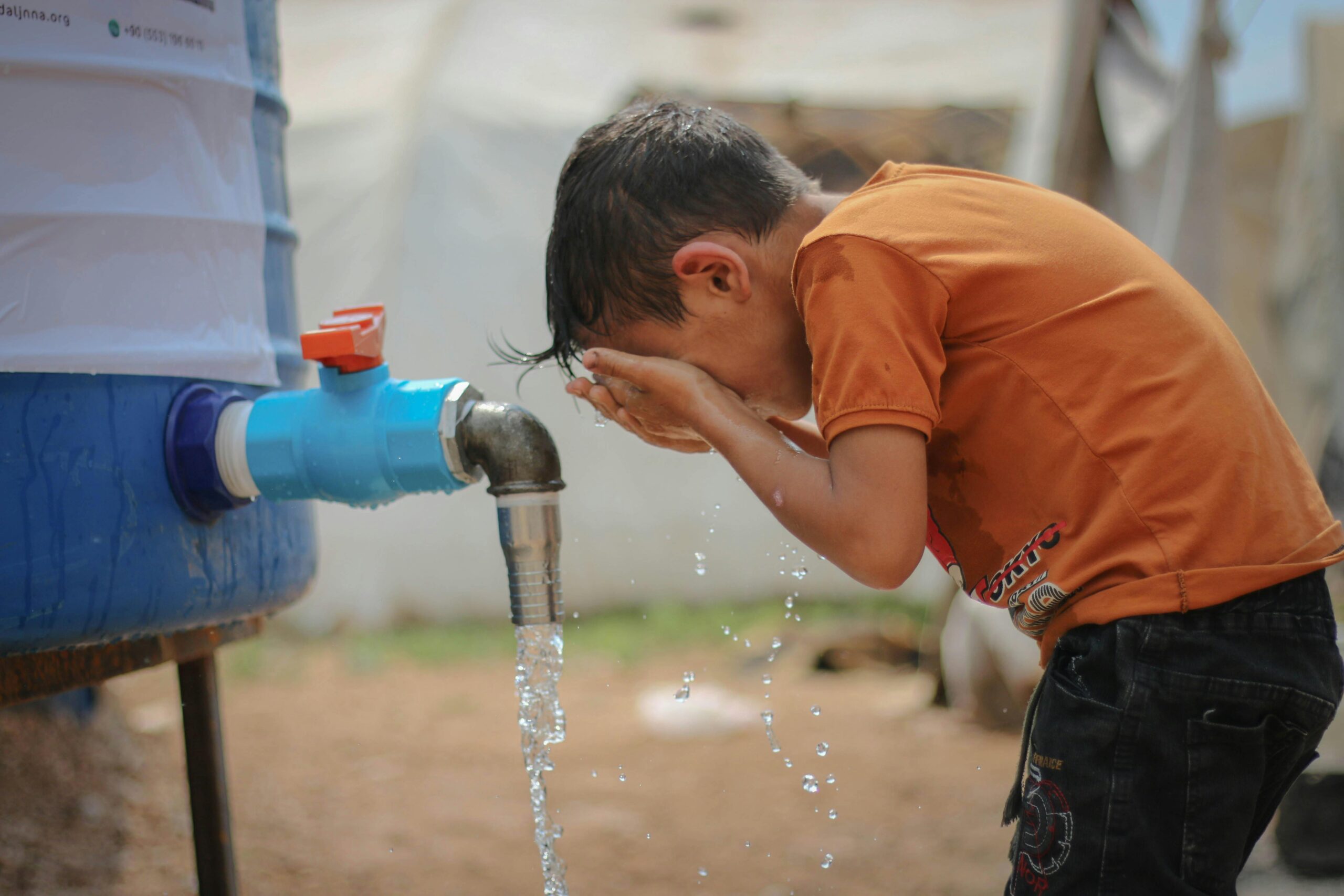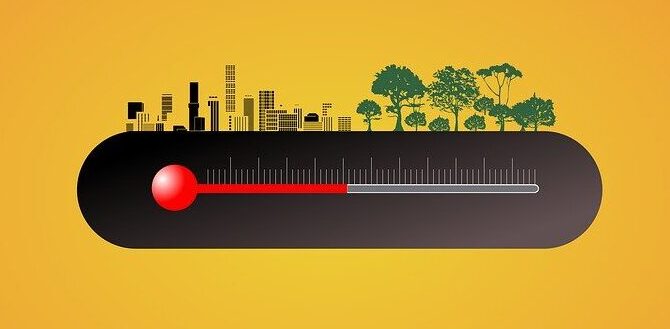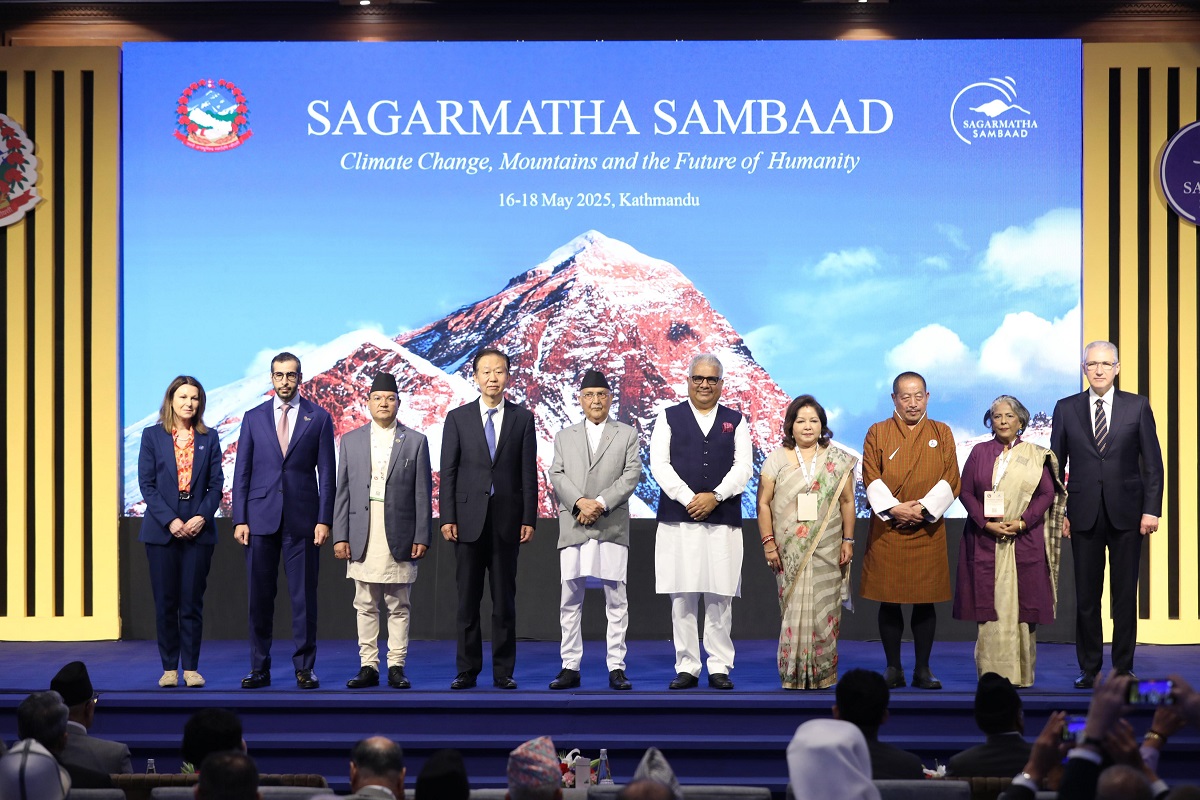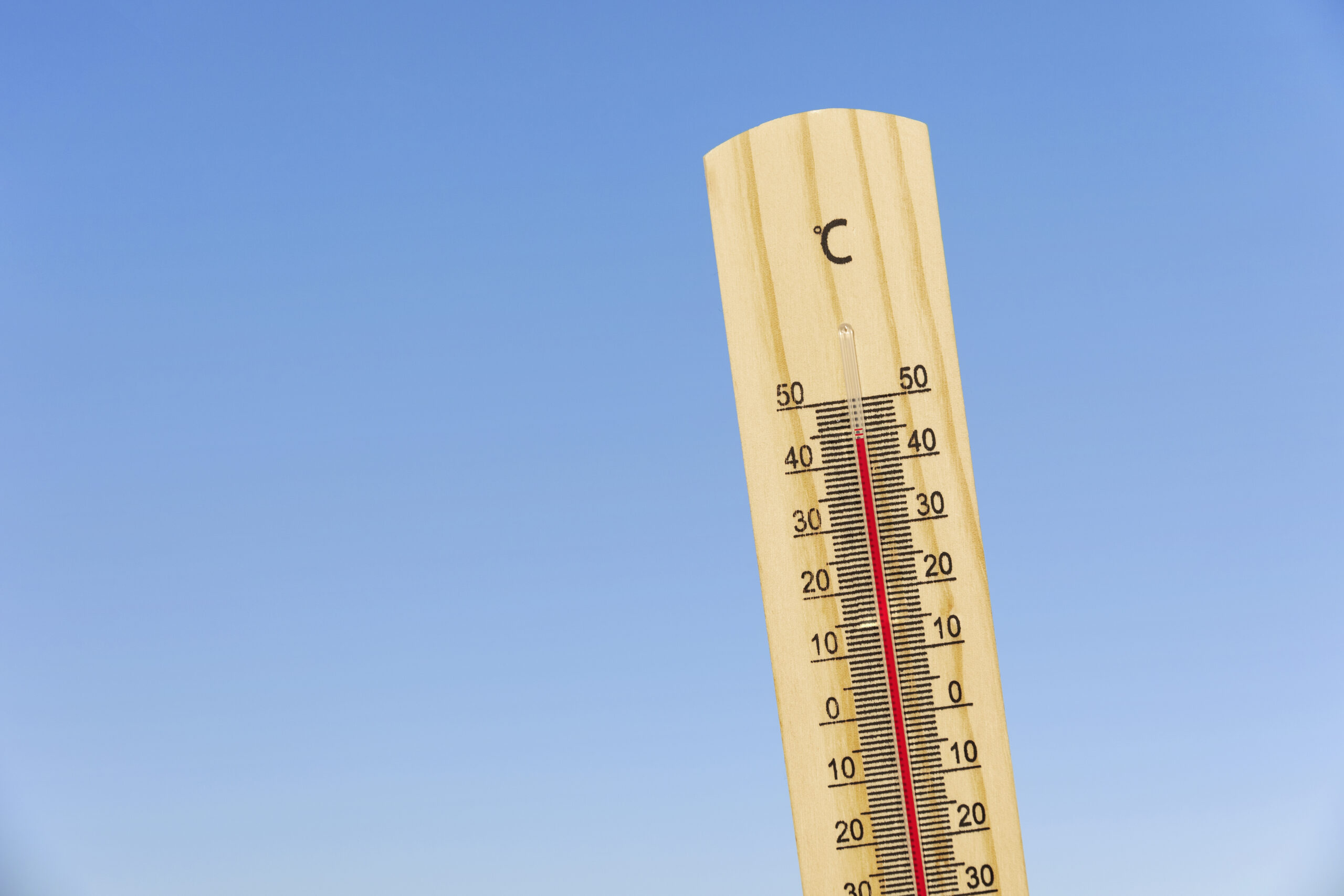Glaciers play a vital role in regulating the global climate and supplying freshwater for billions of people. However, due to climate change—primarily driven by human activities since the 1800s—these essential resources are melting at an alarming rate.
To raise awareness and emphasize the importance of preserving glaciers, the United Nations has declared 2025 as the International Year of Glaciers’ Preservation. This initiative aims to ensure that those dependent on glaciers, as well as those affected by changes in the cryosphere, receive the necessary hydrological, meteorological, and climate services. These efforts highlight the critical role mountain regions play as a major source of global freshwater and ecosystem services.
IYGP 2025 and World Day for Glaciers
The UN has designated 2025 as the International Year of Glaciers’ Preservation (IYGP) and established March 21st as World Day for Glaciers, starting in 2025. This initiative provides a unique opportunity to raise global awareness about the vital role glaciers, snow, and ice play in the climate system and hydrological cycle, as well as the economic, social, and environmental consequences of the ongoing changes to Earth’s cryosphere.
Co-facilitated by the UN Educational, Scientific and Cultural Organization (UNESCO) and the World Meteorological Organization (WMO), this global initiative aims to unite efforts worldwide to protect glaciers and ice sheets, which provide freshwater to over 2 billion people. With glaciers and ice sheets holding around 70 percent of the world’s freshwater, their rapid loss is creating an urgent environmental and humanitarian crisis.
The UN General Assembly had adopted a resolution in December 2022 declaring 2025 as the International Year of Glaciers’ Preservation and established March 21st as World Day for Glaciers, to be observed annually starting in 2025.
Concerning Glacier Data
There are more than 275,000 glaciers worldwide covering approximately 700,000 sq km, with ice sheets storing about 70% of global freshwater. About 210,000 glaciers are being monitored by the World Glacier Monitoring Service for elevation changes through geodetic samples. The data shows almost all glacier regions globally are receding. Mapping trends between 1976 and 2023 reveal a shift from no mass balance change to high negative mass balance or large-scale deglaciation in recent years.
The Hindu Kush Himalayan cryosphere is warming at twice the global average rate, according to the International Cryosphere Initiative. Glacial melt in the Hindu Kush Himalayan (HKH) region is critical as nearly 240 million people depend directly on it for their lives and livelihoods. The HKH region has the largest reserves of ice outside the polar regions and is a source of 10 major Asian river systems. These areas have 330 important bird and biodiversity areas and four global biodiversity hotspots. The region is most vulnerable to glacial disasters like outburst floods.
According to the Glacier Casualty List the Yala glacier in the Himalayas may disappear soon. Located in Nepal’s Langtang Valley, Yala glacier has decreased considerably since monitoring began. Between 1974 and 2021, the glacier retreated by 680 metres. Its elevation, which ranged from 5,170 to 5,750 metres above sea level in 2011, has significantly diminished. Experts have warned that several significant glaciers will disappear by 2030.
IYGP 2025 Key Initiatives
- The International Year and World Day for Glaciers aim to raise global awareness about the essential role of glaciers, snow, and ice in the climate system.
- They also seek to promote the sharing of best practices and knowledge in addressing the accelerated melting of glaciers and its far-reaching consequences.
- The initiative also aims to enhance scientific understanding through programmes like the Global Cryosphere Watch, ensuring that data guides effective climate action.
- Strengthening policy frameworks is another priority, with the integration of glacier preservation into global and national climate strategies, such as the Paris Agreement.
- Mobilising financial resources is another priority – essential to support vulnerable communities and fund adaptation and mitigation efforts – alongside engaging youth and local communities.
A Collective Responsibility
The IYGP seeks to unite nations, organizations and individuals in a common mission. UNESCO and WMO, in partnership with governments and relevant organizations, have been tasked with leading the implementation of the International Year and World Day for Glaciers.
These efforts are supported by an Advisory Board and four Task Forces, representing more than 75 international organizations and 35 countries. The Task Forces are responsible for driving the key activities outlined for the International Year, ensuring that each initiative aligns with the overarching goals and makes a global impact.
In 2023, glaciers experienced their greatest water loss in over 50 years, marking the second consecutive year in which all glaciated regions worldwide reported ice loss. With 2024 being confirmed as the hottest year on record, the urgency for immediate and decisive action has never been greater.
You might also be interested in- 2024 Hottest Year Globally

